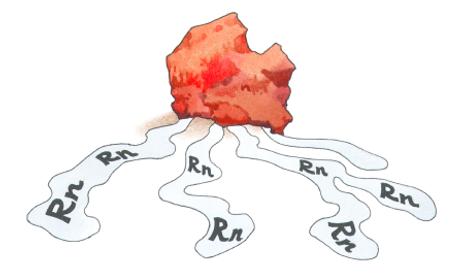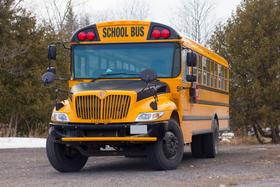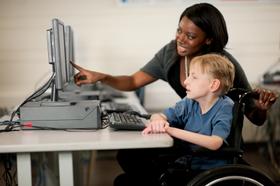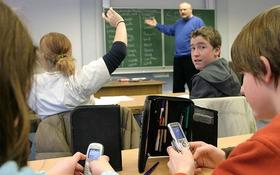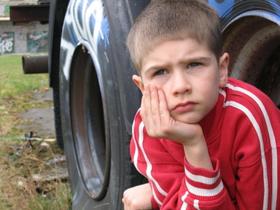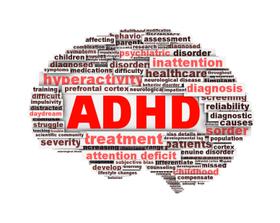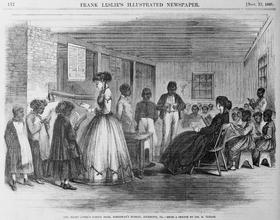Vaccinations have become a common way for parents and health care professionals to protect children from contracting potentially dangerous illnesses. Shots that prevent measles, mumps and even chicken pox have become commonplace in most pediatrician’s offices and health centers today. While the immunizations have dramatically reduced the incidence of many of these diseases, some are making a reappearance at a rather alarming rate. Pertussis, also known as whooping cough, has been spreading by nearly epidemic proportions in some areas of the country, prompting public health officials to crack down on immunization requirements for children in public schools.
What is Pertussis?
According to PubMed Health, pertussis is a very contagious bacterial illness that results in a violent cough that can make it difficult to breathe. Patients who contract the cough make a wheezing or “whooping” noise during the coughing spells when they try to catch their breath, which is why the illness is also referred to as whooping cough. The disease can affect people of all ages and is particularly dangerous to infants. There is no cure for pertussis, and a bout of the illness usually runs about six weeks. During that time, the patient can infect numerous others, which is why the vaccination was originally developed and is now widely used.
Making a Return
While the vaccination had made pertussis all but disappear for many years, the illness appears to be on the rise once again. Schools across the country are seeing an increased incidence





